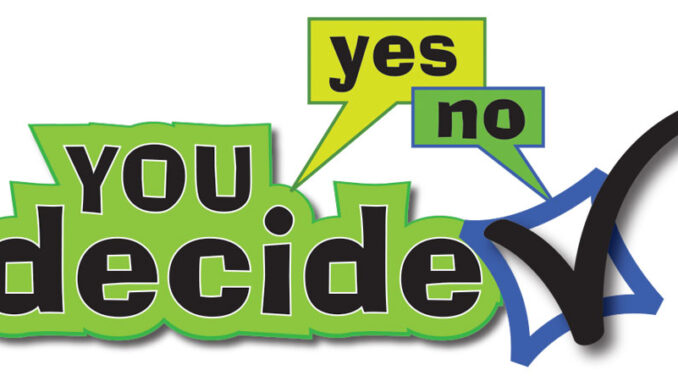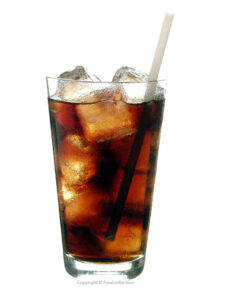

Last year, btw brought you a story about the state of New York’s failed attempt to ban sodas larger than 16 ounces in the state. . Now, one city (Baltimore, Maryland) and two states (New York and California) have introduced legislation that could require certain drinks to be sold with a warning label. It would include language warning consumers that sugary drinks contribute to obesity, diabetes and tooth decay.
So, let’s open it up to you and find out your opinion. Do you think sugary soda drinks need to come with a warning label. Read the arguments below and then . . . you decide!
–Yes–
- Not everyone knows the risks. Not all sugars as created equal. Your body processes carbohydrates into glucose (blood sugar), which it uses as fuel for the body. Fructose, on the other hand, is processed almost entirely in the liver where it is converted to fat. Also, the body doesn’t recognize calories it consumes in liquid form in the same way it does solid food, which is why we can still feel hungry after drinking a can of soda. This increases risk for diabetes, cardiovascular disease and liver disease.
- Research suggests that warning labels are effective ways to change behavior. Smoking rates have dropped dramatically since they came affixed with a warning label. In 1996, an FDA warning label on Olestra, a fat substitute that could not be digested by the body and inhibited vitamin absorption (and had unpleasant side-effects) lead to an eventual removal of the product from shelves. A recent study published in the journal Pediatrics suggested that warning labels on soda could have a significant impact on buying behavior.
- The beverage industry, like the tobacco industry, is a hugely profitable and powerful and, therefore, has a lot at stake to keep consumers in the dark. They are manufacture products that they know deliberately harm people and then use their vast profits to influence lawmakers against taking action against them.
–No–
- Food products already come with nutrition information, which is designed to provide consumers information on a product. If advocates and policymakers want to further educate the public about sugar, they should start by differentiating between glucose and fructose (which are currently lumped together).
- Regulation is complicated and inconsistent. Many schools have stopped selling Coca-Cola and Pepsi products, but have kept juices, many of which contain just as much sugar as soda. In a society based on the principles of free enterprise, government regulation goes against that. While labels on cigarettes were considered effective in reducing smoking, anti-smoking campaigns of the era were deemed equally effective in raising awareness of the dangers. In other words, there are more effective ways to reduce the consumption of sugar in the American diet.
- Two words: caveat emptor. Okay, so those words are Latin and you might not be familiar with them. But it’s a classic legal concept that translates as, “buyer beware.” This means that we have the right (and responsibility) to make informed decisions (and the equal right to ignore them if we wish). The number of consumer products that could cause a potential health effect is endless. Other factors lead to poor health, such as eating too much processed food, red meat and butter (which can lead to heart disease, which is currently the number one cause of preventable death) but there are no labels on those items.
